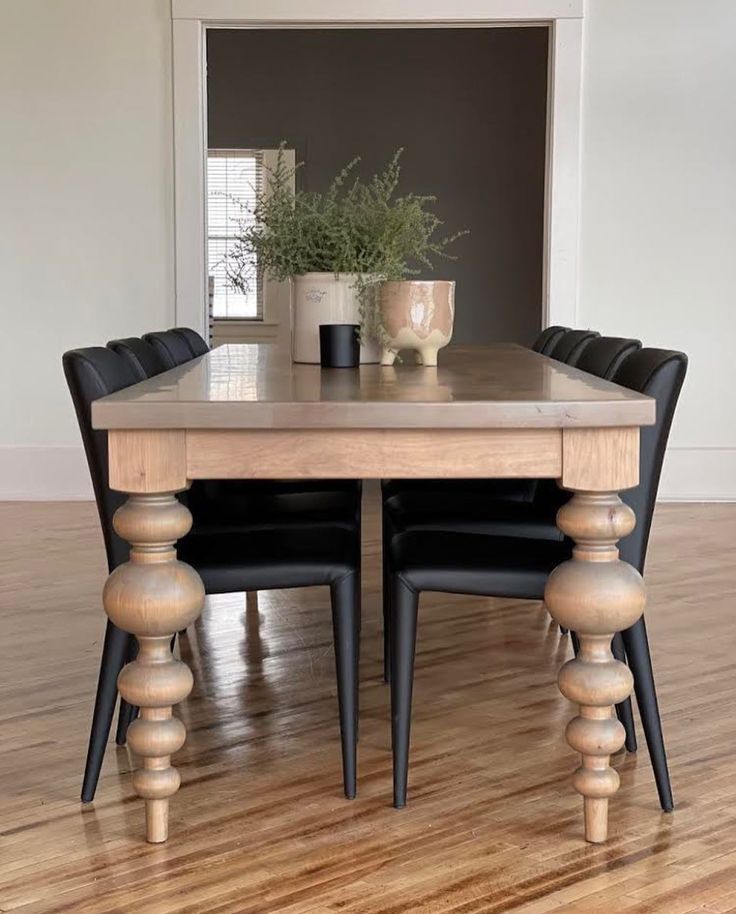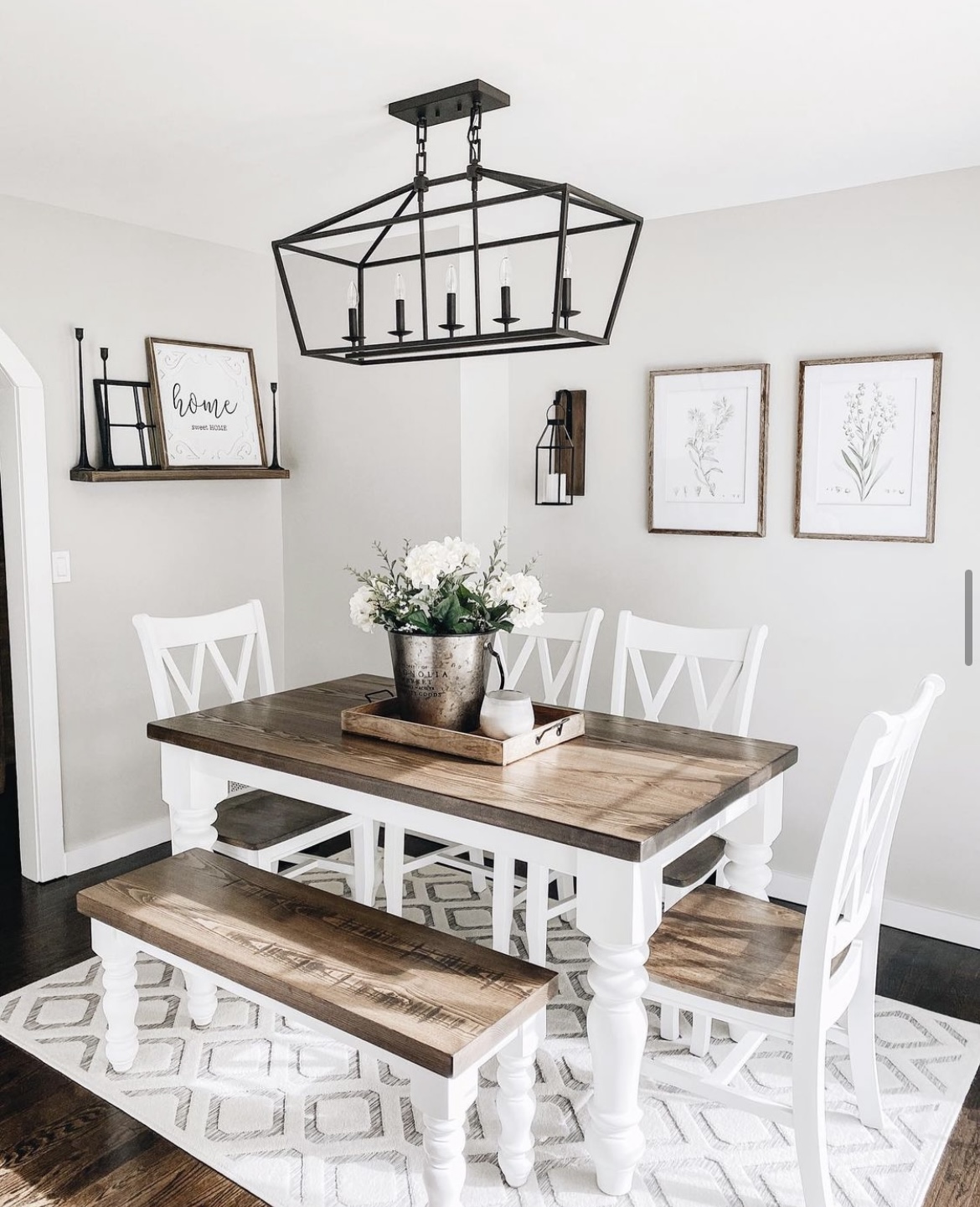Dining Room Table Legs: A Guide to Selecting the Right Style for Your Home
Dining Room Table Legs: A Guide to Selecting the Right Style for Your Home
Blog Article
From Standard to Modern: Discover the Ideal Dining-room Table Legs for Your Style
The selection of eating room table legs plays an essential role in defining the general character of your room, connecting the gap in between traditional craftsmanship and modern appearances. While timeless styles such as cabriole and transformed legs stimulate a feeling of timeless refinement, contemporary designs like barrette and geometric options provide a possibility for striking aesthetic rate of interest. Examining the appropriate balance in between these designs requires a nuanced understanding of your existing decor and individual preference. As you think about these aspects, the question remains: how can you flawlessly integrate these diverse leg styles to create an unified eating experience?
Understanding Table Leg Styles
The variety of eating area table leg styles can dramatically affect both the aesthetics and performance of the room. Each leg style adds unique aesthetic elements and functional functions, accommodating varied layout choices and use needs. Comprehending these designs is vital for picking the right table that straightens with your total indoor style vision.
For example, conical legs use a tidy, traditional appearance that can boost an area's elegance, while stand bases provide stability and make the most of legroom, making them optimal for smaller spaces. Barrette legs, a trademark of mid-century contemporary style, introduce an industrial flair, permitting a ventilated, open feeling. Likewise, trestle legs evoke rustic charm, supplying durable assistance and a feeling of eternity.
Furthermore, the option of products plays a significant role. Wooden legs can bring warmth and texture, whereas steel alternatives often convey a smooth, contemporary ambiance. Eventually, understanding table leg designs is crucial for creating a natural dining area that shows personal design while making sure practicality and convenience. By thoughtfully taking into consideration these elements, you can enhance both the practical and visual charm of your dining room.
Conventional Table Leg Options
When picking dining-room table legs, typical choices commonly embody classic beauty and workmanship. These layouts show an abundant heritage and a dedication to top quality, making them optimal for those who value traditional visual appeals.
One of one of the most legendary traditional leg designs is the cabriole leg, identified by its elegant curved form. This layout often features decorative makings and is most commonly discovered in Queen Anne and Chippendale furniture. One more prominent choice is the turned leg, which flaunts a series of smooth, rounded forms that provide a classic look while maintaining stability.
In addition, the straight leg, while basic, supplies a unadorned and tough structure that can mix effortlessly with a selection of tabletop designs. For those drawn to ornate describing, claw-and-ball feet legs evoke a sense of splendour and can act as a spectacular prime focus in any dining room.
Lastly, stand bases, although not purely legs, offer an alternative standard alternative that enables for adequate legroom and can be wonderfully carved. Each of these standard leg designs adds to the total ambiance of an eating space, weding function with visual charm.

Modern Table Leg Designs
Modern table leg designs offer a diverse series of styles that stress innovative materials and tidy lines. These styles often focus on capability while functioning as striking centerpieces within an eating room. click for source Minimalist visual appeals prevail, with legs crafted from products such as metal, glass, and engineered wood, which add to a modern and airy feel.
One preferred style is the hairpin leg, characterized by its slim, conical framework that offers security without overwhelming the table top (dining room table legs). This design is often located in mid-century contemporary furnishings and can effortlessly enhance numerous eating table shapes. One more trend is using geometric shapes, where legs might take on angular or asymmetrical types, adding visual rate of interest and a touch of creativity

Blending Designs for One-of-a-kind Rooms
Often, house owners seek to develop distinct eating rooms that show their individual design by blending different style components. This approach permits the unification of diverse aesthetics, leading to a harmonious yet distinct setting. Matching a rustic wooden table with streamlined, modern steel legs can develop a distinctive comparison that boosts the area's total appeal.
In addition, integrating vintage table legs with modern tabletops click to read more can evoke a feeling of history while maintaining a modern perceptiveness. Such mixes not only display private taste yet additionally motivate creative thinking, enabling house owners to curate a space that feels both personal and inviting.
Shade plays an essential function in this blending procedure; picking table legs that enhance or contrast with the existing color scheme can improve aesthetic rate of interest. For instance, whitewashed legs can soften the daring of a dark table surface area, producing a well balanced visual.
Tips for Choosing the Right Legs
Selecting the right table legs is essential for accomplishing both performance and visual allure in your eating room. Begin by taking into consideration the general design of your area. Traditional settings gain from legs that include elaborate carvings or turned styles, while contemporary rooms might require sleek, minimal designs.
Following, analyze the height and security of the legs. dining room table legs. Basic table vary in between 28 to 30 inches in elevation, so make sure the legs enhance this dimension for convenience. Furthermore, durable products, such as wood or metal, can enhance security and durability
Review the leg shape also-- choices consist our website of right, tapered, or stand designs. Straight legs provide a classic appearance, while tapered legs can include a touch of beauty. Pedestal bases offer ample legroom and are excellent for smaller sized rooms.
Verdict
In recap, selecting the optimal eating space table legs calls for cautious consideration of both standard and contemporary styles. By balancing leg design, height, and material with the total design, a cohesive and inviting atmosphere can be attained.
The variety of dining area table leg styles can dramatically affect both the appearances and capability of the room. Eventually, comprehending table leg designs is essential for producing a cohesive eating location that mirrors individual style while making certain usefulness and comfort.One of the most legendary traditional leg designs is the cabriole leg, identified by its graceful rounded form. Straight legs provide a timeless look, while tapered legs can add a touch of style.In recap, choosing the perfect eating space table legs calls for mindful consideration of both standard and contemporary designs.
Report this page